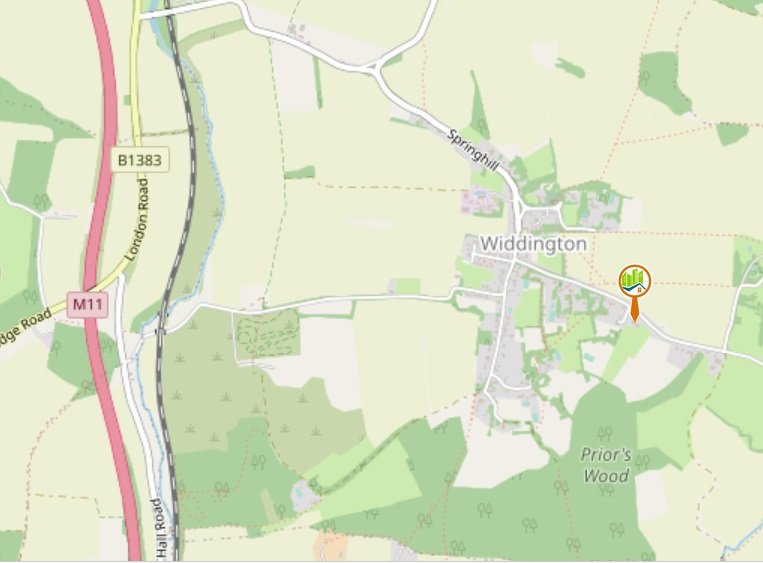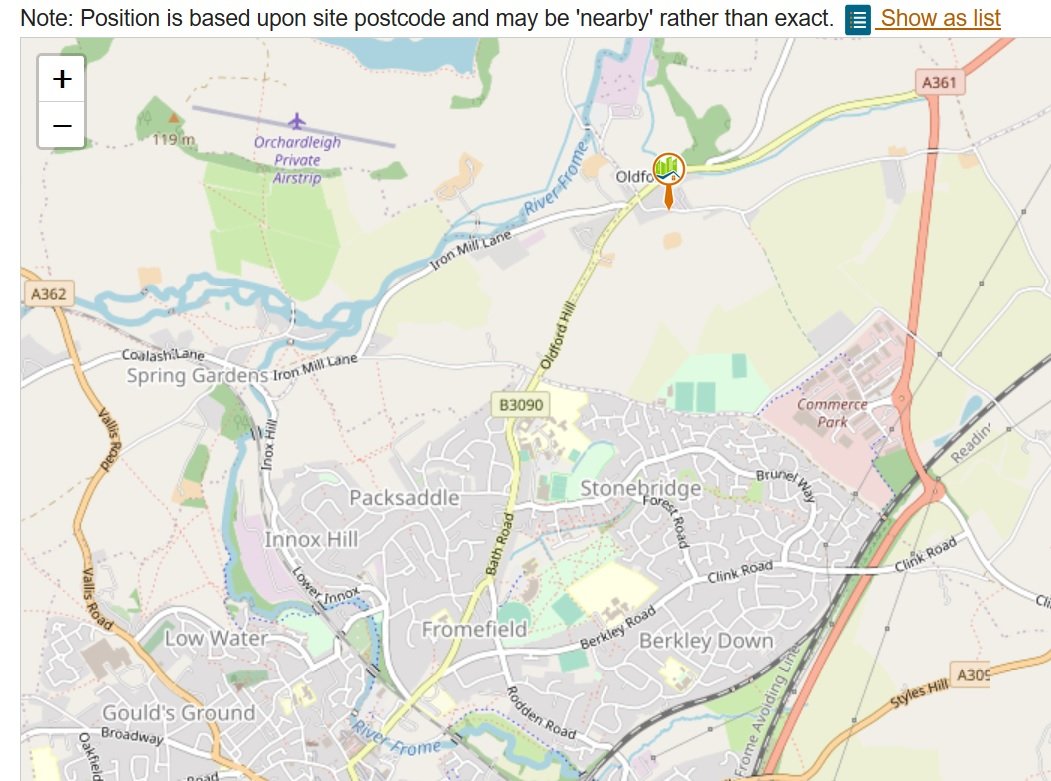The “tilted balance” in favour of development
Even minor housing developments can benefit from the “tilted balance” in certain circumstances. We illustrate how in the 3 examples below.
The three examples are all written representation appeals involving no more than 5 dwellings; the Swindon Borough Council case features 2 dwellings outside a village settlement boundary; the Uttlesford District Council case features a barn conversion into 5 dwellings; and the Mendip District Council case features a Permission in Principle (PiP) case for 1-5 dwellings in a village where development would be contrary to the Local Plan.
The elusive presumption in favour of sustainable development
In the majority of Local Plans, the “presumption in favour of sustainable development” required by NPPF paragraph 11 is rather elusive. Policies are often written to provide officers with enough flexibility to be able to refuse any development, transforming the 'presumption in favour of sustainable development' into a 'presumption in favour of local control'.
To re-set the scales appellants may try to invoke the “tilted balance” allowed by paragraph 11d of the Framework. Where the conditions of paragraph 11d are met, the NPPF redefines the 'presumption in favour of sustainable development' as follows:
“where there are no relevant development plan policies, or the policies which are most important for determining the application are out-of-date8, granting permission unless:
i. the application of policies in this Framework that protect areas or assets of particular importance provides a clear reason for refusing the development proposed7; or
ii. any adverse impacts of doing so would significantly and demonstrably outweigh the benefits, when assessed against the policies in this Framework taken as a whole”.
In other words, the tilted balance weighs a development's adverse impacts against its benefits, not on a level playing field, but tilted towards granting permission.
NPPF footnote 8
The main trigger for invoking paragraph 11d is footnote 8, which defines when policies are “out-of-date”. Footnote 8 states, “This includes, for applications involving the provision of housing, situations where the local planning authority cannot demonstrate a five year supply of deliverable housing sites (with the appropriate buffer, as set out in paragraph 74); or where the Housing Delivery Test indicates that the delivery of housing was substantially below (less than 75% of) the housing requirement over the previous three years.”
These two measures of housing provision can have very different results. The Five Year Supply test looks forward to future delivery while the Housing Delivery Test looks backwards at past completions. In all 3 of the examples below the local planning authorities had good records of past housing completions. Swindon BC had achieved 95% housing delivery over the past 3 years, while Uttlesford DC had achieved 129% and Mendip DC 126%. Despite satisfactory backward-looking Housing Delivery Test (HDT) results, all three Councils failed the forward-looking Five Year Supply test (5YS).
The HDT is published annually by the Government, around 9 months after the year end (last published January 2021 here). An earlier indication of housing delivery is published around 7 months after the year end in the ‘net additional dwellings’ figures for each LPA in late November.
It seems increasingly common for Councils to simply not prepare a Five Year Supply Statement, or to publish one 18 months late. Often the quickest way to establish whether or not there is a five year supply of housing land is to search for recent appeals for that local planning authority. We recommend using the search terms “five year supply” or “housing land supply” and “tilted balance” when searching on the AppealFinder site.
As per NPPF footnote 8, failing either the 5YS or HDT test means relevant policies relating to housing are ‘out-of-date’. In these circumstances paragraph 11d tilts the balance in favour of sustainable development, stating that planning permission should be granted unless any adverse impacts of doing so would significantly and demonstrably outweigh the benefits.
Assessing the “tilted balance”
A search for written representations appeals that include the term “tilted balance” allowed over the six months April – September 2021 yielded the results below. We zoomed in on three examples of small housing developments to see how these were being assessed in practice.

In our first example, the site lay outside the village development boundary as defined by the Swindon Local Plan 2015 (SLP) and the emerging Blunsdon East Neighbourhood Plan (eBENP). Nevertheless, the Inspector found that the proposed 2 dwellings, “would not significantly harm the character and appearance of the area nor cause any harm to the setting of any heritage asset. In the absence of any identified harm the social and economic benefits of two additional dwellings in the village and a small contribution towards housing land supply are material considerations that outweigh the conflict with the development plan in this case.” The appeal was allowed (APP/U3935/W/20/3262320 is available here).

Our second example is for the conversion of a poultry building to five dwellings and the creation of garden areas, car parking and vehicle manoeuvring spaces near Widdington in Uttlesford DC. The evidence was, “indicative that the Council cannot demonstrate a five-year housing land supply.” The Inspector considered that the benefit of five additional dwellings, “is tempered by the scale of the development as it would deliver only a limited number of new houses. However, the shortfall is acute and therefore the Council are some way off the objective in the Framework to significantly boost the supply of housing. In this context, I give the increase in housing supply a moderate amount of weight as a point in favour of the proposal.”
In this case, the Inspector concluded, “I have identified that the proposed development would generate some harm to the character and appearance of the landscape due to the creation of the garden areas and would result in the loss of an agricultural building. However, owing to the level of harm, the breach of Policy H6 can only be attributed a limited amount of weight. Therefore, when applying the ‘tilted balance’, I find that the limited harm as set out previously would not significantly and demonstrably outweigh the benefits of the proposal. This is a material consideration that strongly indicates permission should be granted.” The appeal APP/C1570/W/20/3264013 can be viewed here. (If you are not a subscriber, request a Free Trial to view the appeal).

Our third example involves an application for ‘Permission in Principle’ (PIP) for 1-5 dwellings on a site in a semi-rural location near Frome that was contrary to a number of policies in the Mendip District Local Plan. During the appeal, the Council accepted that the tilted balance set out in paragraph 11 (d) of the Framework was engaged, as it was not able to demonstrate a 5 year supply of deliverable housing sites. What is particularly significant is that the Inspector did not rely on the development making a substantial contribution to alleviating housing shortfalls, but applied the principle of the tilted balance irrespective of the scale of the development.
The Inspector considered, “I am mindful that until TDC (technical details consent) is granted to achieve a planning permission, any PiP cannot in isolation meaningfully contribute to a housing land supply shortfall. However, with reference to footnote 8 of the Framework, an application for PiP is an application that involves the provision of housing. I am therefore satisfied that the tilted balance should be engaged. As a result, permission should be granted unless any adverse impacts of doing so would significantly and demonstrably outweigh the benefits when assessed against the policies of the Framework taken as a whole.” The appeal APP/Q3305/W/21/3274855 can be viewed here.
While housing supply may decisively tilt the balance, it does not sidestep the need to first address all the other planning issues, particularly local policies. In all three cases the Planning Inspectors first considered the conflict with the Development Plan before assessing the paragraph 11d tilted balance.
The “tilted balance” and the primacy of the Development Plan
The courts have noted that there are two presumptions:
1. the statutory presumption in section 38(6) of the Planning and Compulsory Purchase Act 2004 that applications for planning permission must be determined in accordance with the development plan, unless material considerations indicate otherwise; and
2. a national policy presumption in favour of sustainable development. This is in itself one of the “material considerations” to be considered when applying section 38(6).
A recent Court of Appeal case has ruled that these two presumptions do not need to be applied in two separate stages in sequence, but may be incorporated into the decision-making in one all-encompassing stage if the decision-taker chooses to do so. In Gladman Developments Limited v SSHCLG and Corby Borough Council and Uttlesford District Council [2021] EWCA Civ 74, the Court recognised that, so long as the statutory duty is complied with, the decision-maker can go about the task in a way that seems suitable in the particular circumstances of the case.
Although the Courts consider that the procedure is simply a matter of personal preference, the Planning Inspectorate’s training manual advises Inspectors to deal with them distinctly, starting by assessing the proposal against Development Plan policies, then considering other material considerations and the paragraph 11d balance, before concluding with the final s38(6) balance. Therefore, although not required by the Courts, Inspectors will generally consider local policies before looking at whether the circumstances of paragraph 11d are met.
As the 3 examples above illustrate, if a local planning authority is currently failing either the Housing Delivery Test or cannot demonstrate a Five Year Supply of housing land, then Inspectors may apply the "tilted balance" irrespective of the size of the development. It is not just the headline-grabbing large developments that can benefit from paragraph 11d, but many small developments. In aggregate the small schemes together make as much contribution to housing delivery as the big schemes.
To find appeals of interest to you and to find out if others in your local authority area have won appeals on the basis of the tilted balance of NPPF paragraph 11d, use the Search function on our Home page.

